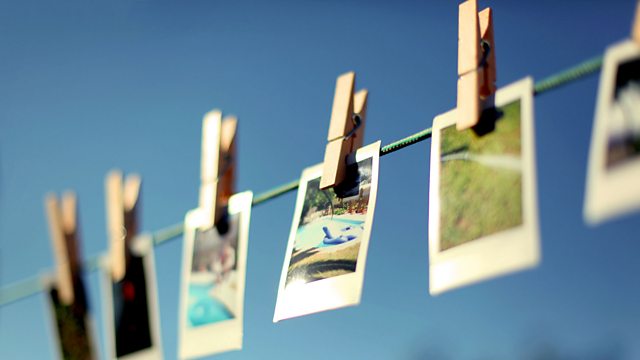Rev Dr Sam Wells - 13/03/2024
Thought for the Day
Good morning. It turns out the Mothering Sunday photo of the Princess of Wales had been touched up a bit. I confess to not being horrified. After all, since when did a mother and her three young children sit facing the same direction for a long period, looking happy, relaxed and at peace with the world?
Surely the whole genre of photographic portraiture is inherently artificial. It’s not uncommon at a wedding to wait with the other guests for a half hour, while the happy couple look amorously and spontaneously at the camera in a hundred poses till they can never smile again. We all go along with this convention of two-dimensional permanent cheerfulness. Yet everyone knows it’s not real. ‘Smile for the camera.’ You wouldn’t need to be asked if you were actually smiling already. So much for saying ‘The camera never lies.’
A camera is a remarkable piece of technology. I wasn’t the most conscientious student of physics, but I do recall making a pinhole camera. On one side was the outside world – of trees, cars, buildings, people. On the other side was a camera film. In between was a piece of cardboard. At the centre of the cardboard was a tiny hole. Somehow the light from the world outside came through that tiny hole. It produced an image of trees and buildings on the camera film, some inches beyond it. But the image was the wrong way up, because light travels in straight lines.
That pinhole is fascinating. In his letter to the Colossians, St Paul describes Christ as ‘the image of the invisible God.’ It’s like he’s saying, Jesus is that pinhole. He takes all the light that enlightens the world, all the science and politics, all the wonder and struggle, and turns them upside down. He overturns every image and reality and certainty the world ever had.
You could call this transformation artificial, because artifice is that which seeks to reconstrue things, rather than leaving the world alone. Every family portrait is artificial, because it reshapes a household according to an idealised, cheerful image of itself. In the same way, photography itself is an artifice, because it selects one moment, from a single angle, and abstracts it from the context of the whole.
Christ’s turning the world upside down is an artifice in a different way, because it too denies that simply leaving the world to itself is enough. The realm Christ came to embody is not an idealised two-dimensional family portrait, but an upside-down kingdom in which we see the world from a very different angle. That doesn’t just alter a photo. It alters everything.
Duration:
This clip is from
More clips from Thought for the Day
-
![]()
Rev Lucy Winkett - 28/11/2024
Duration: 03:13
-
![]()
Rev Dr Sam Wells - 27/11/2024
Duration: 02:49
-
![]()
Professor Mona Siddiqui - 26/11/2024
Duration: 02:56
-
![]()
Rt Rev Dr David Walker - 25/11/2024
Duration: 02:51





